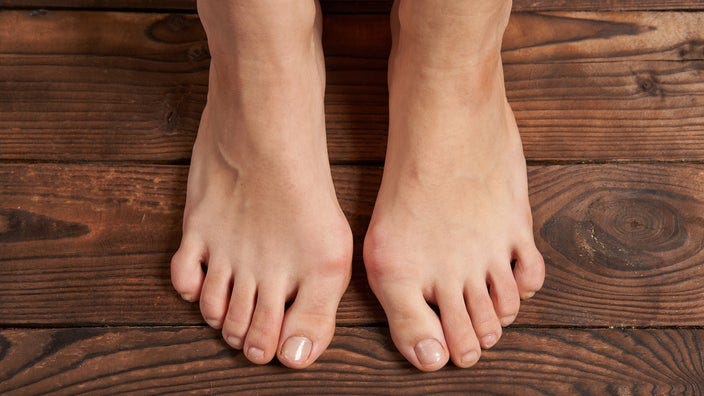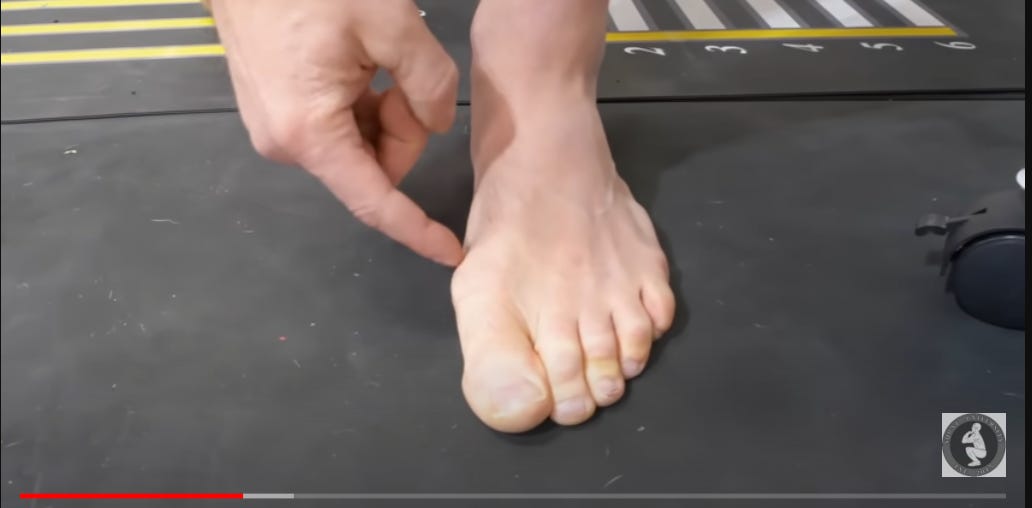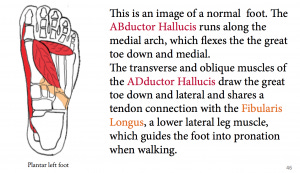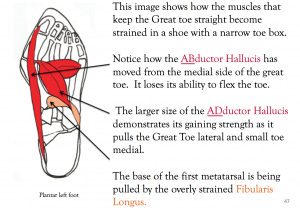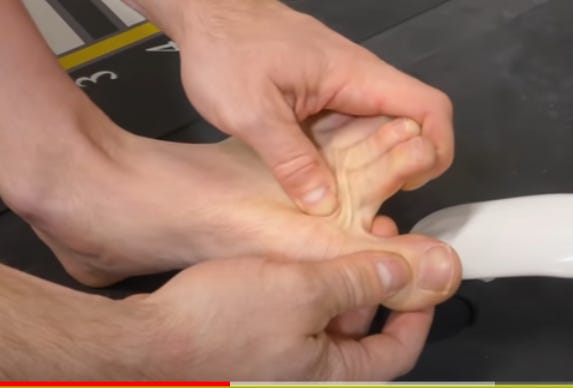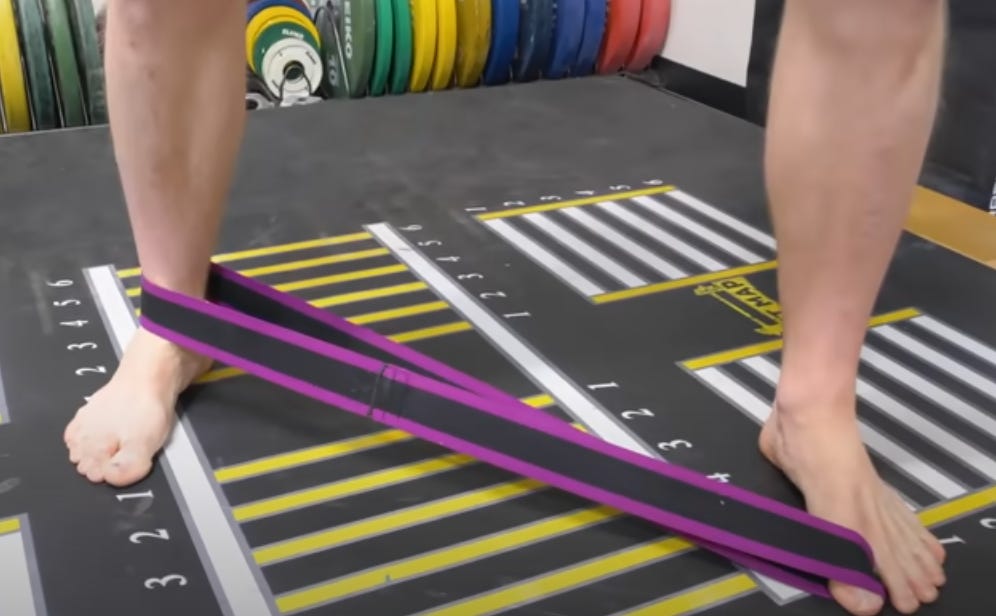Fix Painful Bunions Naturally
Have you ever had bunion pain? If not, consider yourself fortunate because an estimated one-third of adults suffer from the condition.
A bunion is a bony bump that forms on the outside of the big toe joint. It develops when the first metatarsal bone of the foot turns outward and the big toe points inward, causing the joint to jut out. This causes pain, swelling, and redness.
Feet are so resilient and adaptable to being folded in shoes that this type of dislocation may take up to 15 to 20 years to develop. When, or if it does, the damage may be difficult to correct because the ligaments beneath these muscles that hold the bones together become overly stretched and lose their elasticity and ability to spring the big toe back into place. However, don’t despair– bunions are correctable without surgery.
What To Do?
Our bunion fix—a step-by-step process to fix the condition with conservative measures and without surgery comes from a trusted source: Squat University.
Dr. Aaron Horschig, owner and founder of Squat University, is a physical therapist and strength and conditioning coach. So he has some great credentials and background to give advice on the subject.
In the video provided below, Horschig says narrow shoes are the main cause of bunions. He says these negatively adapt your foot to the tight position, with the big toe getting smashed over time and developing what's called a bunion.
Although most experts believe a bunion to be an excessive bony overgrowth in the first metatarsal joint, Horschig says it’s actually a slight dislocation because of the position of the foot within the shoe for such a long time.
He learned about the condition the hard way himself due to wearing narrow football cleats and weightlifting shoes for years. As you can see below, the joint on his foot still protrudes.
What’s The Fix?
Find shoes that are the widest at the toes. Tight shoes at the toes are the root cause of bunions.
Exercises when the foot has been negatively affected.
However, when your toe has been smashed in like this for a long time, compensations occur. The muscle on the inside part of your toe is called the adductor hallucis muscle. It adducts the toe (brings it towards the centerline) and can become stiff and short.
The muscle on the outside part of your foot is called the abductor hallucis. It’s designed to abduct the toe and bring it back into natural (straight) alignment. It becomes long and weak.
Horschig advises to first reapproximate the toe by working on the adductor hallucis muscle. He pulls the toe out to the side, places his thumb between the first and second toes, and performs soft tissue work to improve flexibility, similar to active release (see video).
When working on the abductor side, a band is used over the top of the toe and around the ankle of the other foot. This pulls it out to the side. From there, take a step forward and back to create a weight-bearing effect, teaching the toe to align in the correct anatomical position.
Interestingly, the exercise also is helpful for excessive pronation, which can happen with tight shoes.
Wearing a wider shoe may help, but it can take some time (even years) for the foot to widen naturally. To speed up the process, try adding stretches for stiff and tight muscles, as well as strengthening exercises, as shown. It’s the most holistic approach to the problem. Get your toes to spread out and become the widest part of the foot again to improve foot function, stability, and the ability to walk, or exercise.
This was just a summary of the entire video, which you can watch below. I hope this helps with your bunion problems and enables you to walk and exercise without pain.





